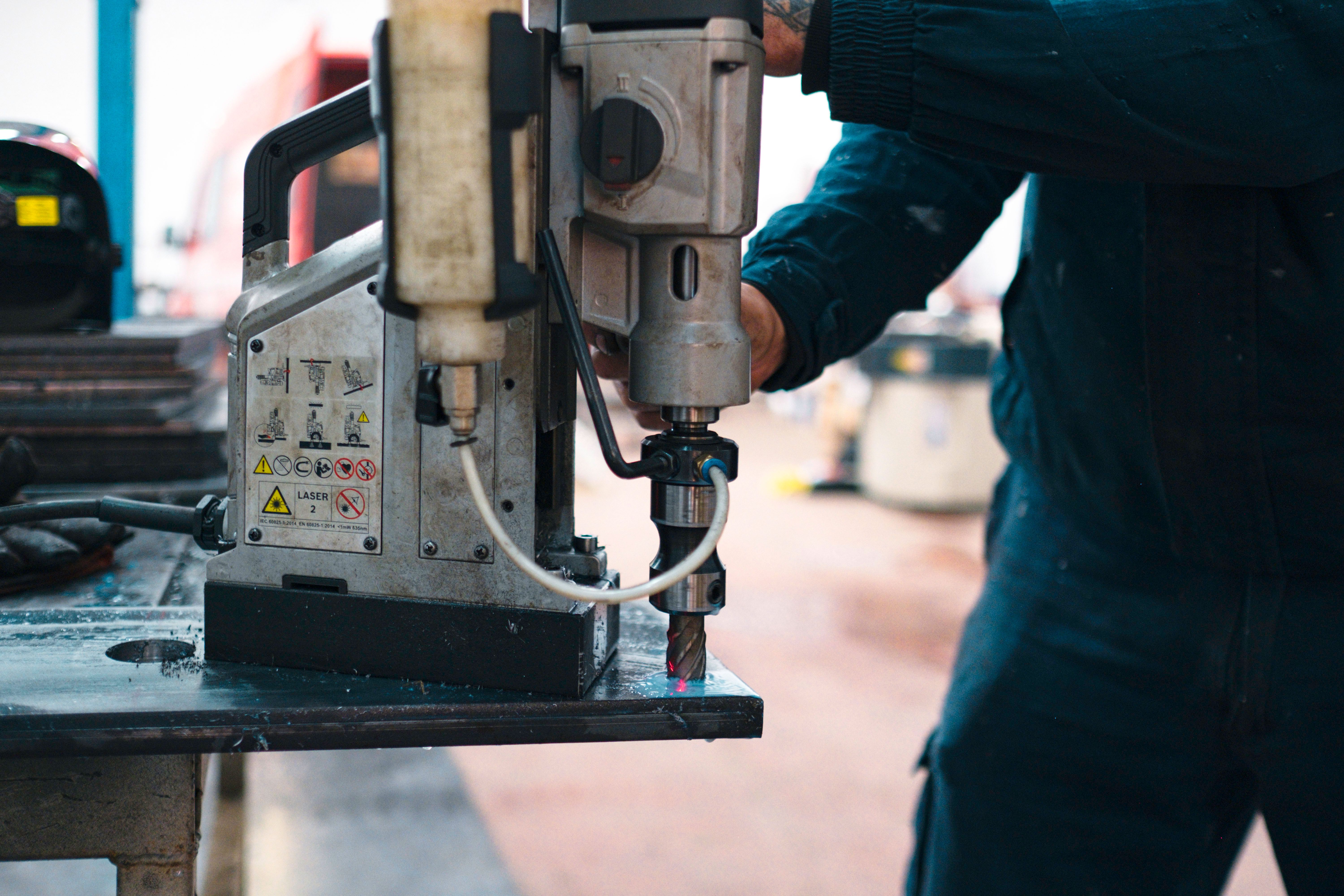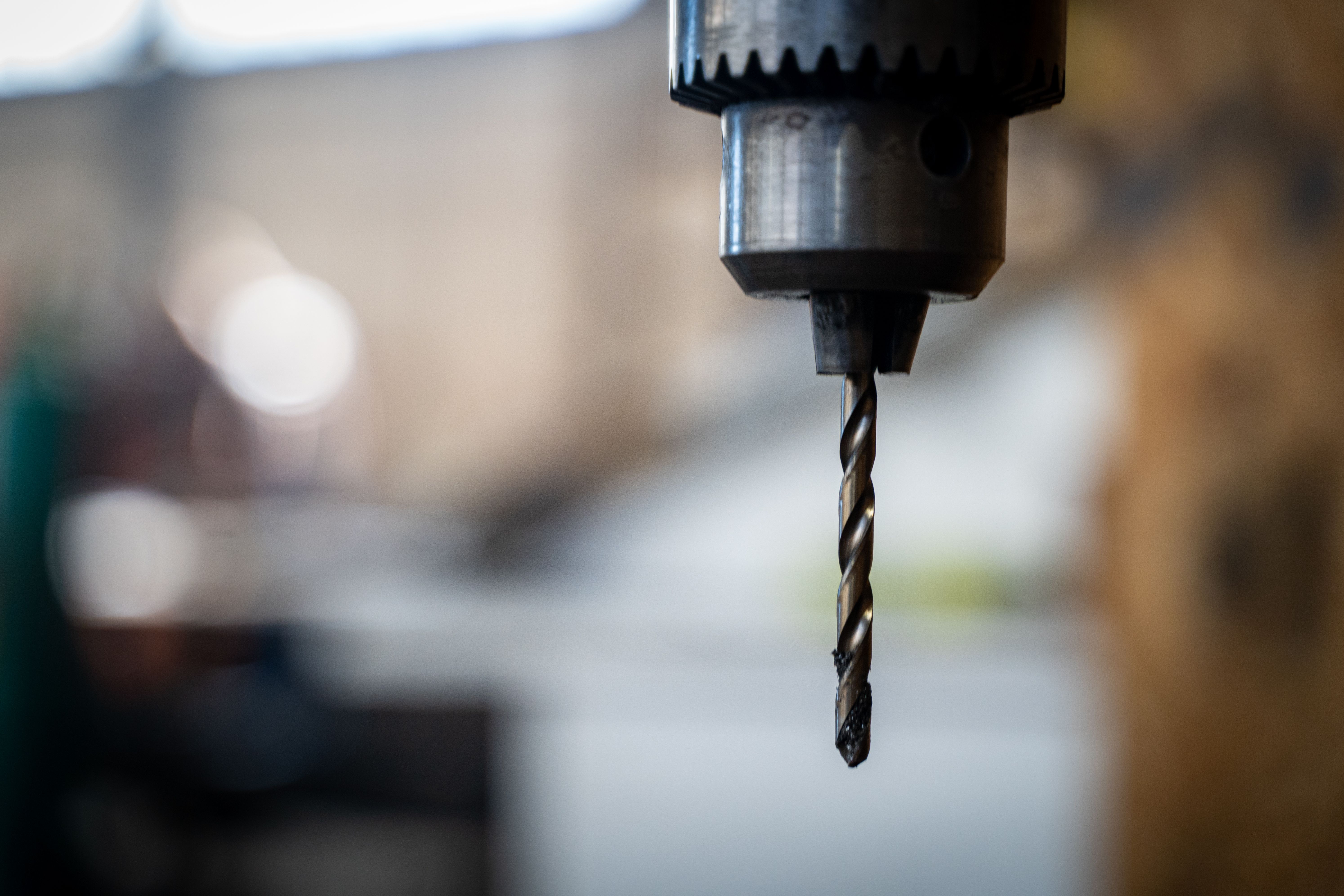راهنمای خرید و مشاوره دریل مگنت
RR
Understanding Magnetic Drills
A magnetic drill, also known as a mag drill, is a specialized tool designed for heavy-duty drilling tasks, particularly on metal surfaces. These drills use a powerful magnetic base to secure themselves onto the metal surface, ensuring precision and stability during operation. This feature makes them ideal for construction and industrial applications where accuracy is paramount.

Key Features to Consider
When purchasing a magnetic drill, there are several essential features to consider:
- Magnetic Strength: The holding power of the magnetic base is crucial for stability. Consider models with higher magnetic force for demanding tasks.
- Drill Power: Look for a motor that provides sufficient power for the material you intend to work with. More powerful motors can handle tougher materials.
- Speed Settings: Variable speed settings allow for more control, especially when working with different materials.
- Portability: Consider the weight and size of the drill, especially if you need to move it frequently between job sites.
Types of Magnetic Drills
Magnetic drills come in various types, each suited for specific tasks:
- Standard Magnetic Drills: Ideal for general-purpose drilling on flat surfaces.
- Right Angle Magnetic Drills: Designed for tight spaces where vertical clearance is limited.
- Hydraulic Magnetic Drills: Suitable for environments where electrical safety is a concern, such as underwater or in explosive atmospheres.

Benefits of Using Magnetic Drills
Magnetic drills offer numerous advantages over traditional drills. Their stability ensures precise drilling, reducing the risk of errors. Additionally, they can drill larger holes with less effort, saving both time and energy on large projects. Furthermore, their portability allows them to be used in various locations with ease.
Maintenance Tips
To ensure the longevity and performance of your magnetic drill, regular maintenance is essential:
- Cleaning: After each use, clean the drill and magnetic base to prevent debris buildup.
- Lubrication: Regularly lubricate moving parts to reduce friction and wear.
- Inspection: Periodically check electrical components and replace worn parts.

Choosing the Right Drill for Your Needs
When selecting a magnetic drill, assess your specific needs and match them with the features of the drill. Consider the nature of the projects, the materials you will be working with, and the frequency of use. A well-chosen magnetic drill can significantly enhance your productivity and efficiency.
Conclusion
Investing in a magnetic drill can be a game-changer for professionals in construction and metalworking industries. By understanding the features, types, and maintenance requirements, you can make an informed decision and select the best drill for your needs. Whether you are drilling for infrastructure projects or fabrication tasks, the right magnetic drill will help you achieve precision and excellence.